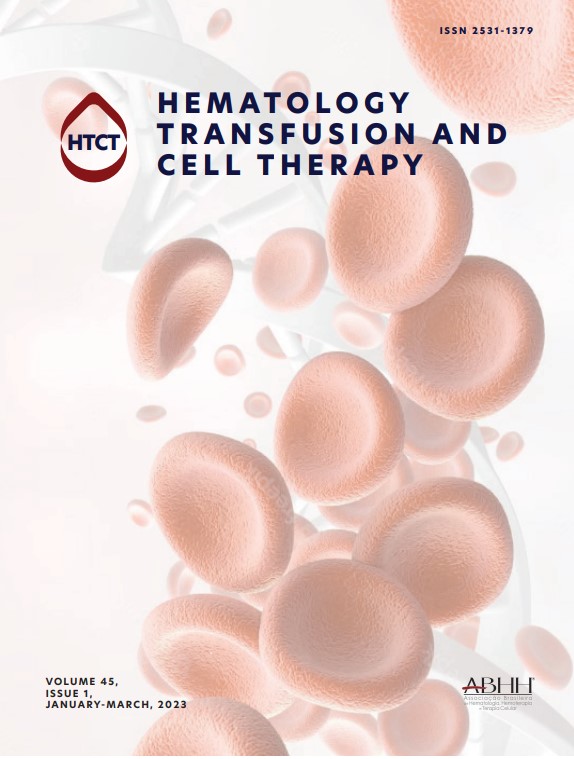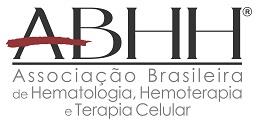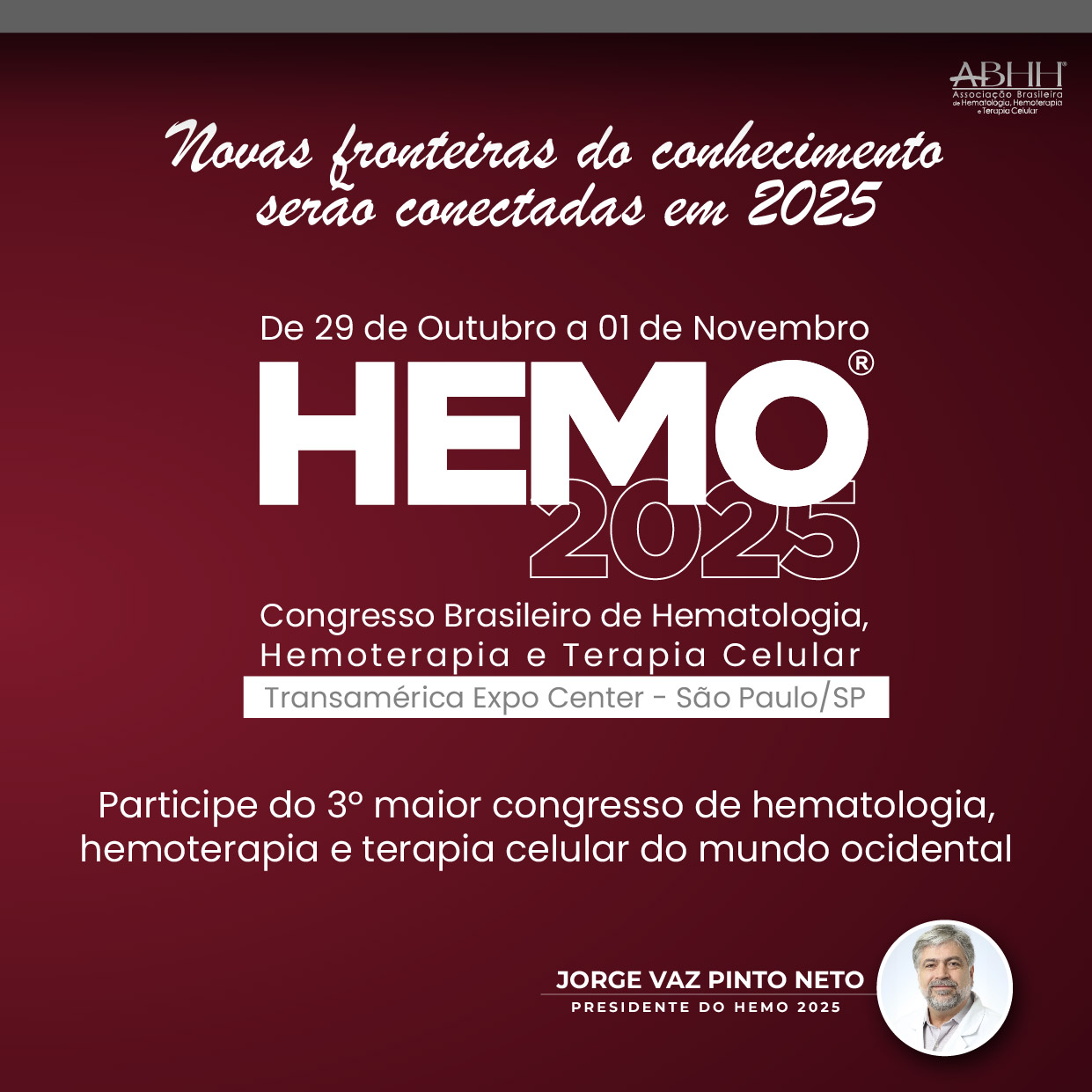In recent years several new drugs were approved for multiple myeloma (MM) treatment. Three classes are included in almost all lines of MM treatment: proteasome inhibitors (bortezomib, carfilzomib, and ixazomib), immunomodulators (thalidomide, lenalidomide, and pomalidomide) and monoclonal antibodies (daratumumab and elotuzumab) in different combinations.1 In a relapsed setting, the decision about the new line of treatment should consider patient's related factors and previous MM treatment. Age, frailty, cytogenetics risk, and performance status at relapse have to be analyzed combined with the relapse aggressiveness, exposition to prior therapies, and the history of disease's responses.2 Patients previously unexposed or those not refractory to lenalidomide, have better outcomes with a triple combination of lenalidomide and dexamethasone plus daratumumab (POLLUX TRIAL),3 carfilzomib (ASPIRE TRIAL),4 ixazomib (TOURMALINE TRIAL),5 or elotuzumab (ELOQUENT TRIAL).6 In all these trials, results confirmed that triplet regimens were superior in response rate and progression-free survival. If the patient is considered refractory to lenalidomide, a proteasome inhibitör combination is a standard for treatment in early relapse. Carfilzomib plus dexamethasone was compared to bortezomib and dexamethasone in the Endeavor study and demonstrated superiority in progression-free survival (PFS) and overall survival (OS).7 Carfilzomib+dexamethasone (KD) combination was recently compared as a control arm versus daratumumab plus KD (Candor Trial).8 In this phase3 trial, a superiority in PFS was demonstrated for the triple combination. Daratumumab, bortezomib, dexamethasone combination (Castor Trial)9 and pomalidomide, bortezomib, dexamethasone (OPTIMISMM)10 are also good options for this subset of patients, previously exposed and refractory to lenalidomide. Both trials demonstrated superiority in response rate and PFS. New clinical trials are addressing innovative strategies, particularly with belantamab mafodotin, an anti-BCMA antibody, and with anti-BCMA – CAR T-cell. Both demonstrated high efficacy in terms of response rate in Phase1/2 Trials, including heavily pretreated and Penta-refractory patients.11,12 Large phase 3 trials are planned for hopefully incorporate these strategies to MM treatment.
O fator de impacto mede o número médio de citações recebidas em um ano por trabalhos publicados na revista durante os dois anos anteriores.
© Clarivate Analytics, Journal Citation Reports 2025
O CiteScore mede as citações médias recebidas por documento publicado. Mais informação
Ver maisSJR é uma métrica de prestígio baseada na idéia de que todas as citações não são iguais. SJR utiliza um algoritmo similar ao page rank do Google; é uma medida quantitativa e qualitativa ao impacto de uma publicação.
Ver maisSNIP permite comparar o impacto de revistas de diferentes campos temáticos, corrigindo as diferenças na probabilidade de ser citado que existe entre revistas de distintas matérias.
Ver mais





